KNOWLEDGE OF JAPANESE FOOD
What you need to know about eating in Japan
Rice
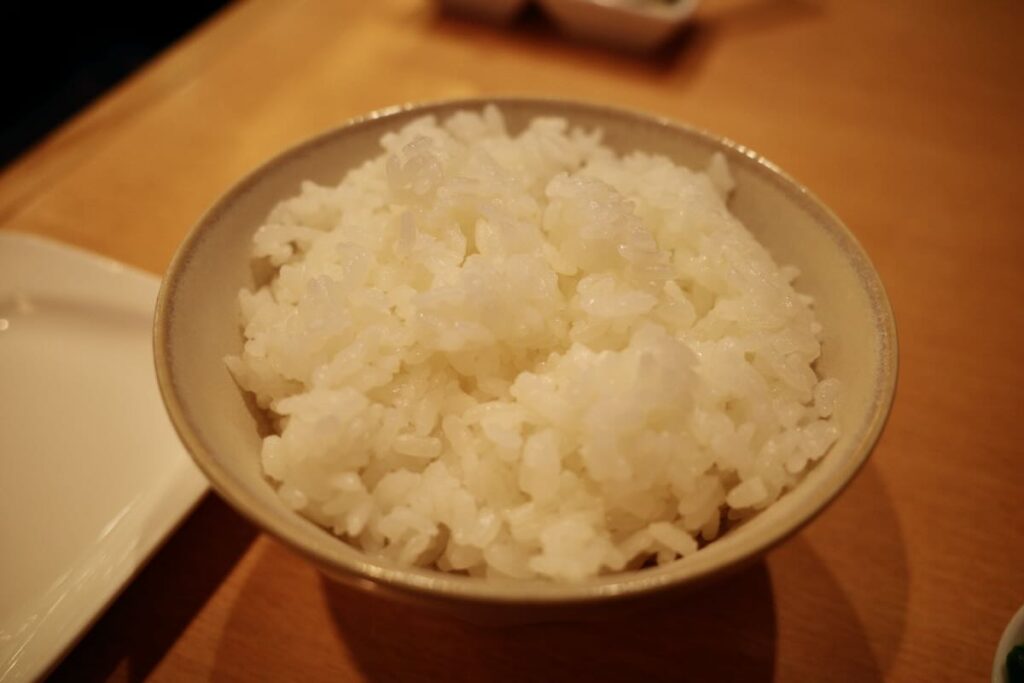
Rice is a very important staple food for the Japanese. You may be surprised to find it in almost every meal.
One thing to keep in mind, however, is that rice is never eaten alone in the mouth. Japanese people also always season rice or eat it with side dishes.
Foreigners do not seem to eat rice served on separate plates together in the mouth very often. However, Japanese also do not feel that side dishes and rice taste good if they are eaten separately. Think of rice as something that is always eaten in combination with something else. It is just like eating sushi fish and rice together.
However, it does not mean that all side dishes and rice should be eaten together. Some side dishes are sweet or sour, but they do not go well with rice. If you take a bite of a side dish and think that it would be delicious with rice, please try it with rice.
Noodles
Japanese people are often perceived as having poor manners for eating noodles with a slurping sound. However, it is also considered a breach of manners to make noise while eating in Japan as well.
However, when it comes to noodles, some noise is inevitable to eat them without making a mess and to enjoy their delicious taste. It's only accepted for these reasons.
For example, ramen needs to be eaten quickly while it's hot, as the noodles will become soggy and less delicious if left too long. This is common knowledge in Japan, leading people to naturally eat quickly. When eating this way, slurping the noodles along with air is inevitable, which not only reduces the heat but also allows for faster, more delicious eating and neater consumption. Understanding this, one can also comprehend why most ramen shops are not designed for conversation.
There's another reason when it comes to cold soba. In Japan, soba is considered something to be enjoyed for its aroma. The same goes for the wasabi that is served as a condiment. Eating these with air enhances their flavor and makes them more delicious.
Please do not be offended by it because Japanese people have their own reasons.
Then there is one thing you should not misunderstand. Do not think that because you are eating noisily, you do not care about manners at all and that it is OK to eat messily. There is only a reason to make noise, and Japanese people take very seriously the importance of eating noodles neatly. You can see this by looking at the Japanese people eating around you.
If you're not used to it, there's no need to forcibly make a slurping sound while eating. It might be easier to eat the noodles a little at a time with a spoon (renge), like a soup. However, be aware that if you leave them, the noodles will continue to soften, so it's best to eat them as quickly as possible.
Raw egg
In Japan, we often eat raw eggs. We have been eating them since childhood, and there are not many people who dislike them.
To people overseas, they may think it is not only disgusting but also dangerous. However, all eggs sold in Japan are properly sterilized and the sales channels are controlled, so you can eat them with peace of mind. However, we do not drink them as they are. They must be seasoned with soy sauce and other seasonings.
If you cannot eat them, try them in a dish like "sukiyaki" and I am sure you will like them.
Wasabi
Wasabi is added to sushi and other dishes not only to add spiciness. It is used to enjoy the aroma of Wasabi, and also for its sterilizing effect on raw fish. Do not seek only spiciness from Wasabi.
Source
In Japan, the word "sauce" refers to a specific product that has been around for a long time. It is a sauce used for tonkatsu (pork cutlets), okonomiyaki (okonomiyaki), and takoyaki (octopus balls). It is a good souvenir as it seems to have a flavor not often found overseas.
Holding a tableware
In Japan, people eat while holding a bowl. This is to eat with good posture. However, not all dishes are held. If something is simply difficult to hold, it is not held.
Soups such as miso soup cannot be drunk with chopsticks, so we lift the bowl to put our mouth on it. Think of it like a cup.
In order to eat with good posture, it is considered bad manners in Japan to put your elbows on the table.
Must-try Japanese cuisine
Here are some foods that you must try when you come to Japan. The prices listed as "price range" are reasonable prices for a tasty meal.
とんかつ / TON-KATSU (Pork cutlet)
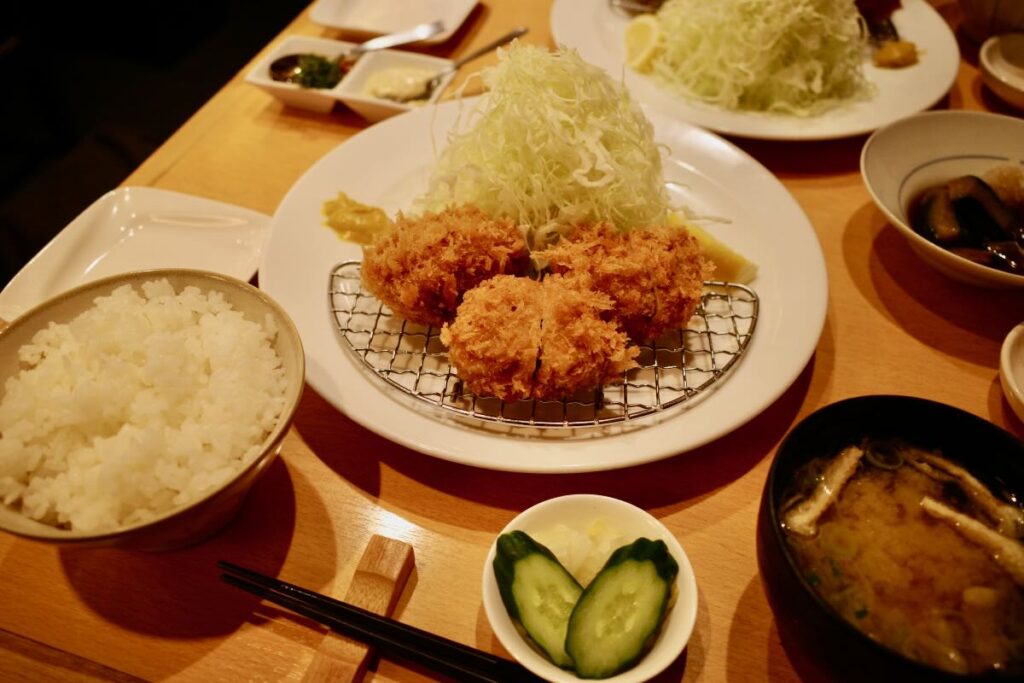
This dish is made by frying pork in oil. It is said to be an adaptation of French cutlet. First, take a bite as it is, then eat it with sauce or salt. This should also be eaten with rice. We also recommend the katsudon, which is served with rice from the beginning.
Price range: 1,000 to 3,000 yen
すき焼き / SUKIYAKI
Beef and vegetables are grilled in a sweet sauce in this upscale dish. The baked dish is dipped in a raw egg. Good meat is delicious without chewing. This is also delicious with rice.
Price range: 5,000 to 10,000 yen
鰻重 / UNAJYU
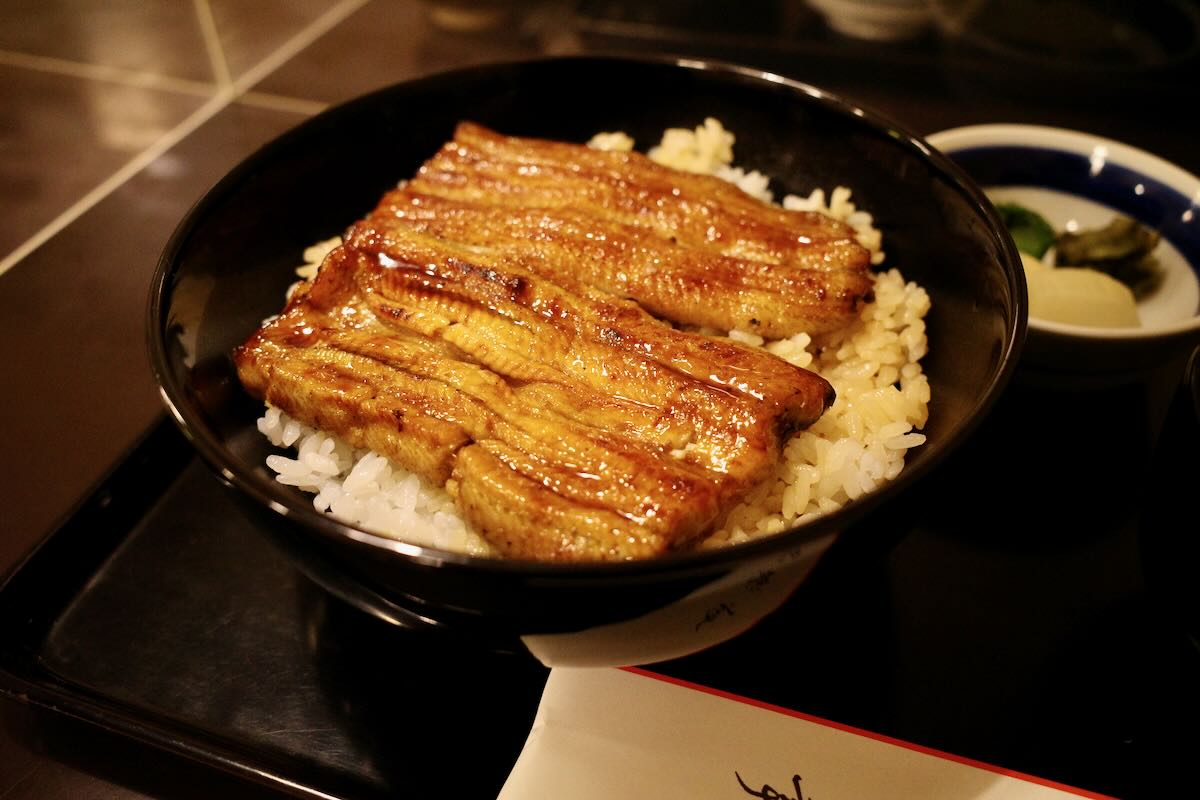
It is a dish of grilled eel dipped in sweet and spicy sauce and served on rice. It is very expensive, but Japanese people look forward to eating it once a year. Although it is traditionally eaten in the summer, it is actually in season in the fall.
Price range: 4,000 to 6,000 yen
お好み焼き / OKONOMI-YAKI
It is a pancake-like dish made with cabbage and other vegetables and flour. It is eaten with a sauce or mayonnaise unique to Japan. The fluffy thing on top is thinly sliced smoked fish called katsuobushi. Some restaurants may make it themselves, but do not hesitate to ask the staff to make it for you.
Price range: 1,000 to 2,000 yen
定食 / TEI-SHOKU
If you want to eat so-called Japanese home cooking, look for the word "teishoku. You can have a typical Japanese meal consisting of rice, miso soup, and side dishes. You can also have it at a ryokan's breakfast.
Price range: 1,000 to 2,000 yen
おにぎり / ONIGIRI (Rice ball)
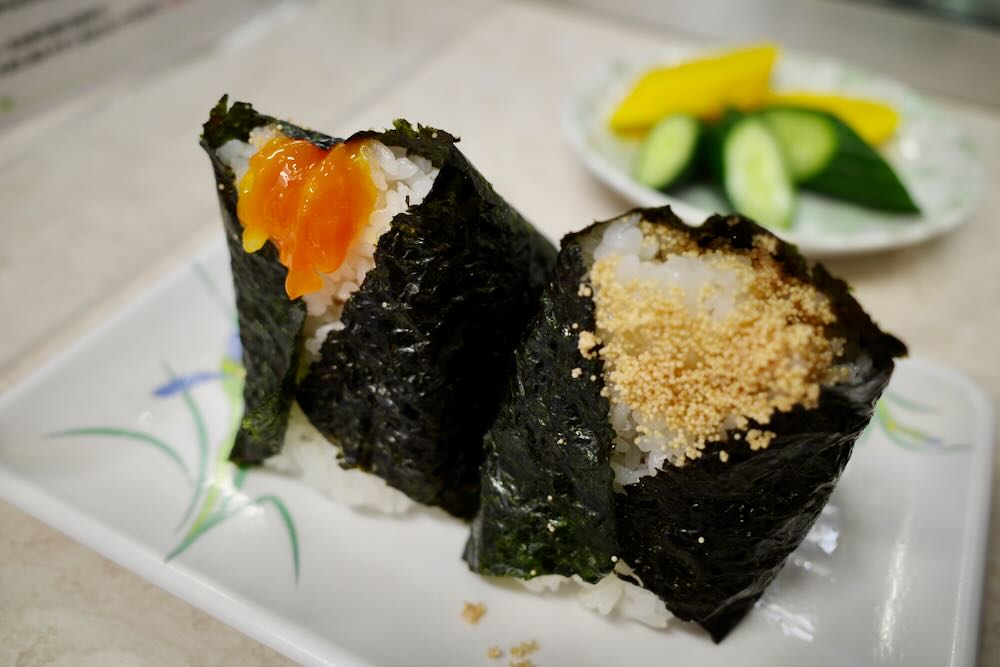
It is made of rice shaped into a circle or triangle and wrapped in nori seaweed. It is a meal that Japanese people always bring with them to picnics and other events when they are children. It is just like a sandwich. Onigiri from convenience stores are also delicious, but you should definitely try onigiri from specialty stores because they are very soft and have many ingredients inside.
Price range: 100 to 300 yen
コロッケ・メンチカツ / COROKKE (Croquette)・MENCHIKATSU
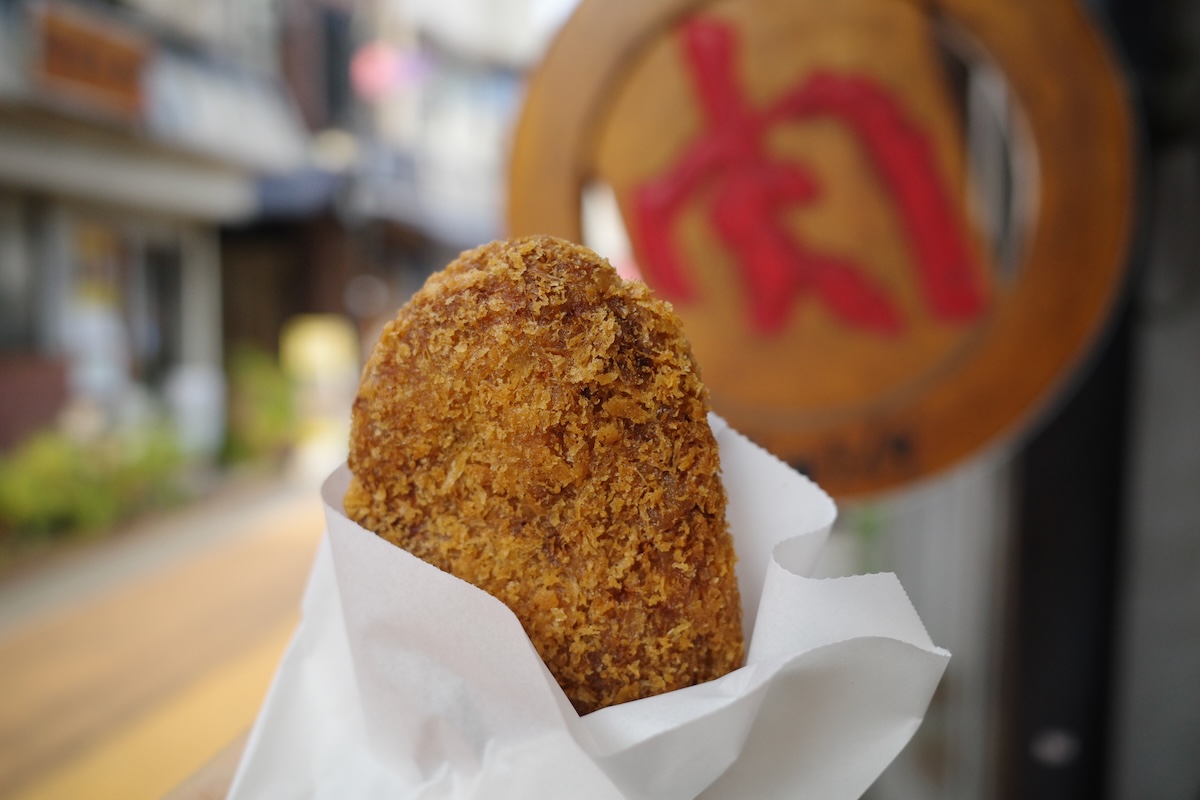
Although fried foods can be found in many foreign countries, Japan seems to have evolved in a unique way. There are a variety of delicious fried foods available, so if you find yourself in a shopping arcade, try one. In particular, "croquette" and "menchikatsu" are highly recommended.
Price range: 100 to 300 yen
そば・うどん / SOBA・UDON
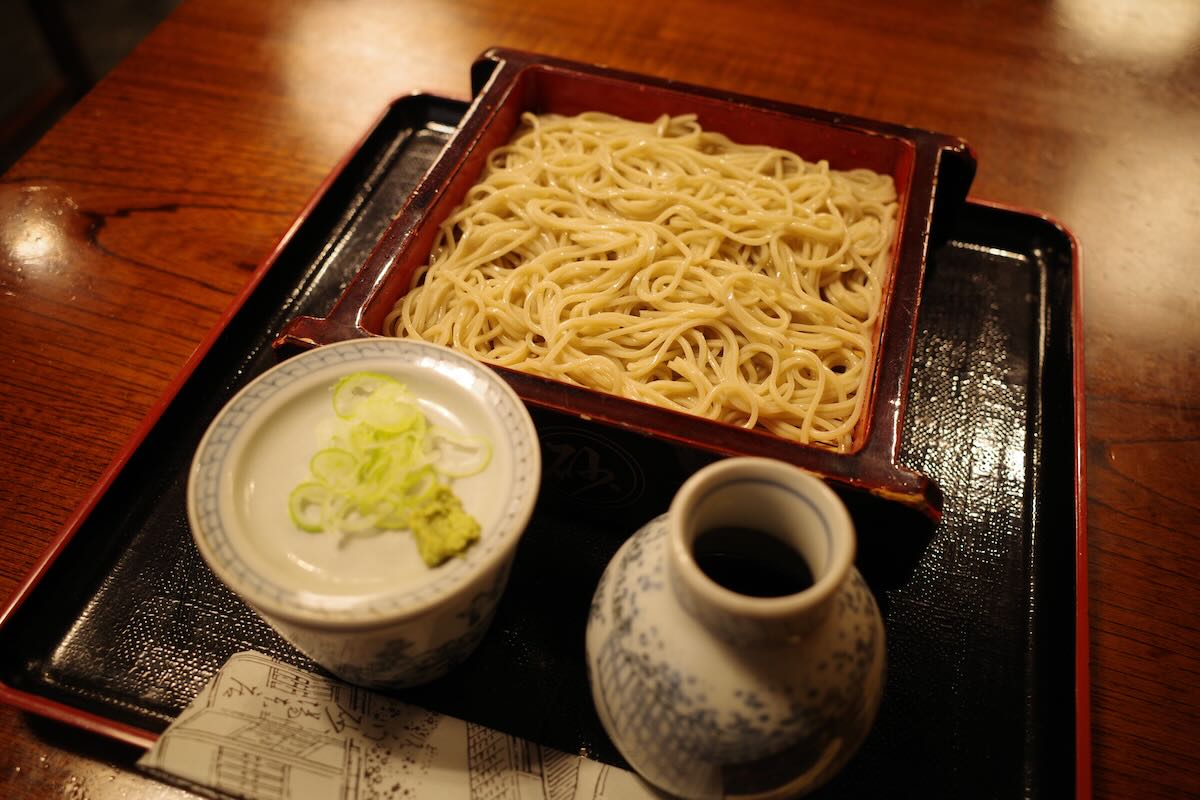
While you might always think of ramen when it comes to Japanese noodles, it's not eaten as much in Japan. Traditional Japanese noodles are more often soba and udon. Both can be enjoyed hot or cold, and they offer a truly varied range of flavors depending on the region. Try them with tempura for a delightful combination.
Price range: 1,000 to 3,000 yen
パン / PAN (Bread)
Japan is known for its rice, but there are many stores where bread is just as delicious as it is overseas. In addition to famous bakeries, small bakeries in shopping arcades are always delicious, so be sure to try them. Bread from convenience stores is also delicious.
Price range: 100 to 300 yen
What you don't have to eat
納豆 / NATTO
It is a typical Japanese food made from fermented soybeans. Japanese people are used to eating it because they have been eating it since childhood, but it is difficult for people from overseas to eat, and the smell is peculiar and the taste is not as good as it sounds. It is probably best to avoid eating it for a short period of time, such as for sightseeing, as you will probably regret it.
However, if you are in Japan for a long time, please try it with a Japanese person who can teach you how to eat it. It is good for your health and you may gradually come to like it. For your first natto, we recommend "natto soba" (buckwheat noodles with natto). The smell will disappear and you will be able to enjoy the taste.
梅干し / UME-BOSHI
It is a very sour food made from dried and pickled plums. It is used as a side dish for rice or as a seasoning for cooking. Japanese people are used to eating this too and know how much to eat, but newcomers may not be able to enjoy it until they get used to it. However, it is very good for you and there are many varieties in Japan, so if you are in Japan for a long period of time, give it a try.